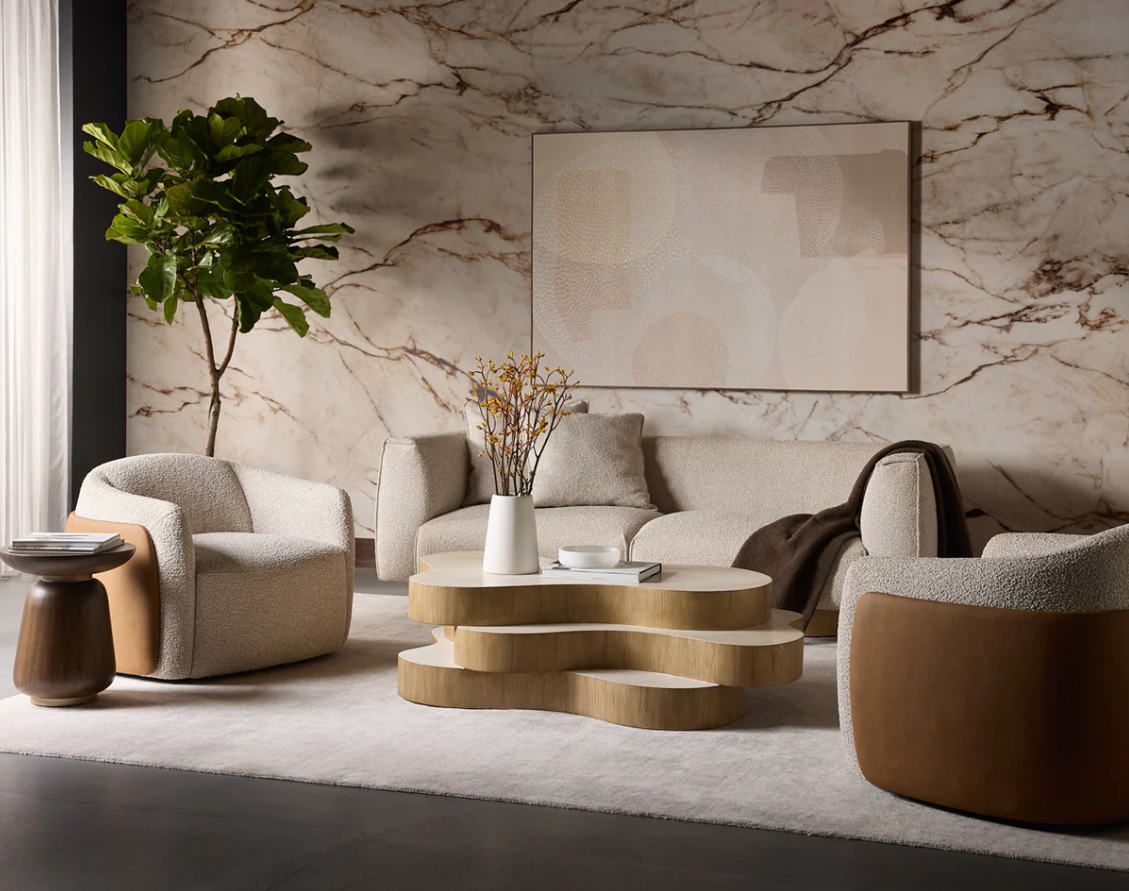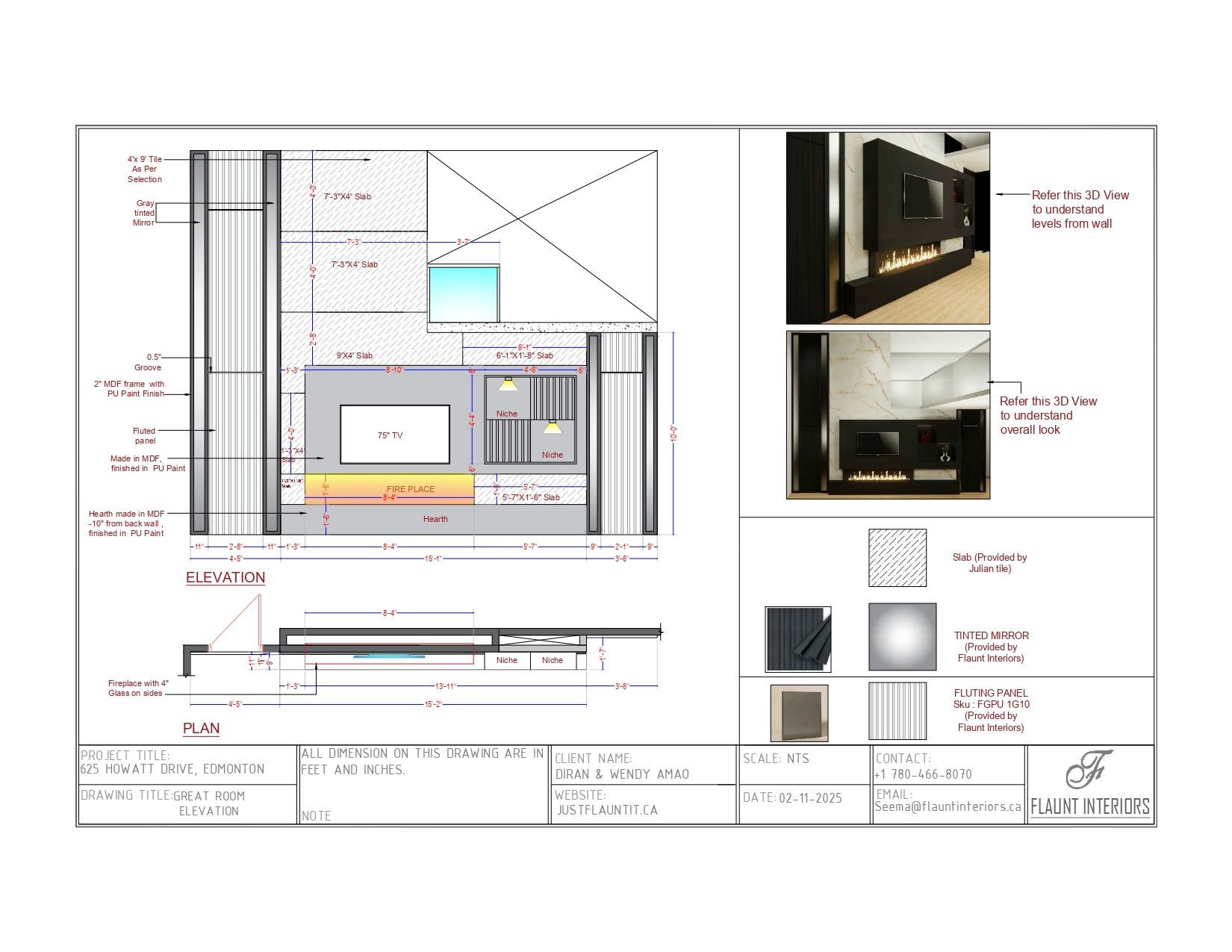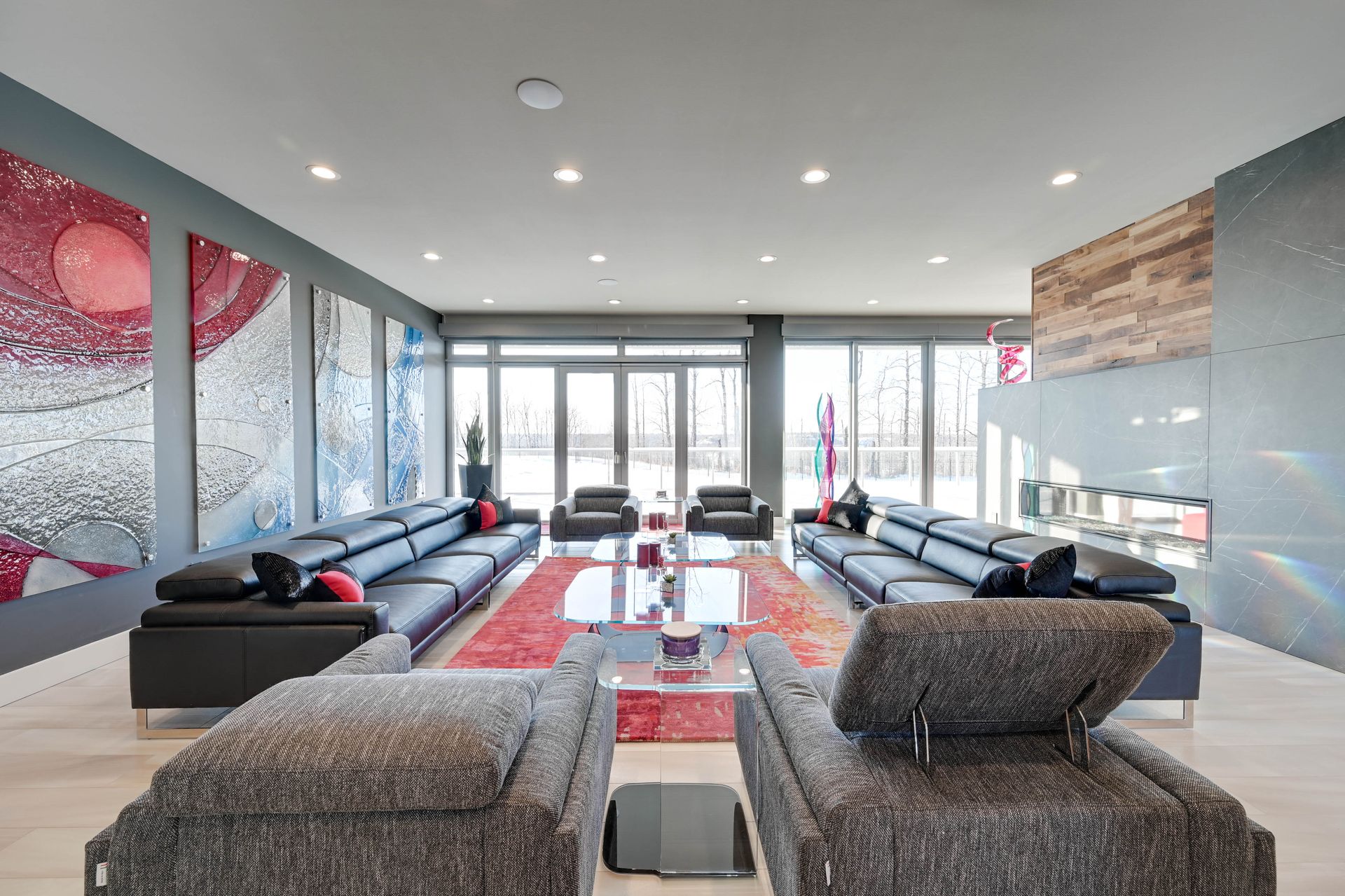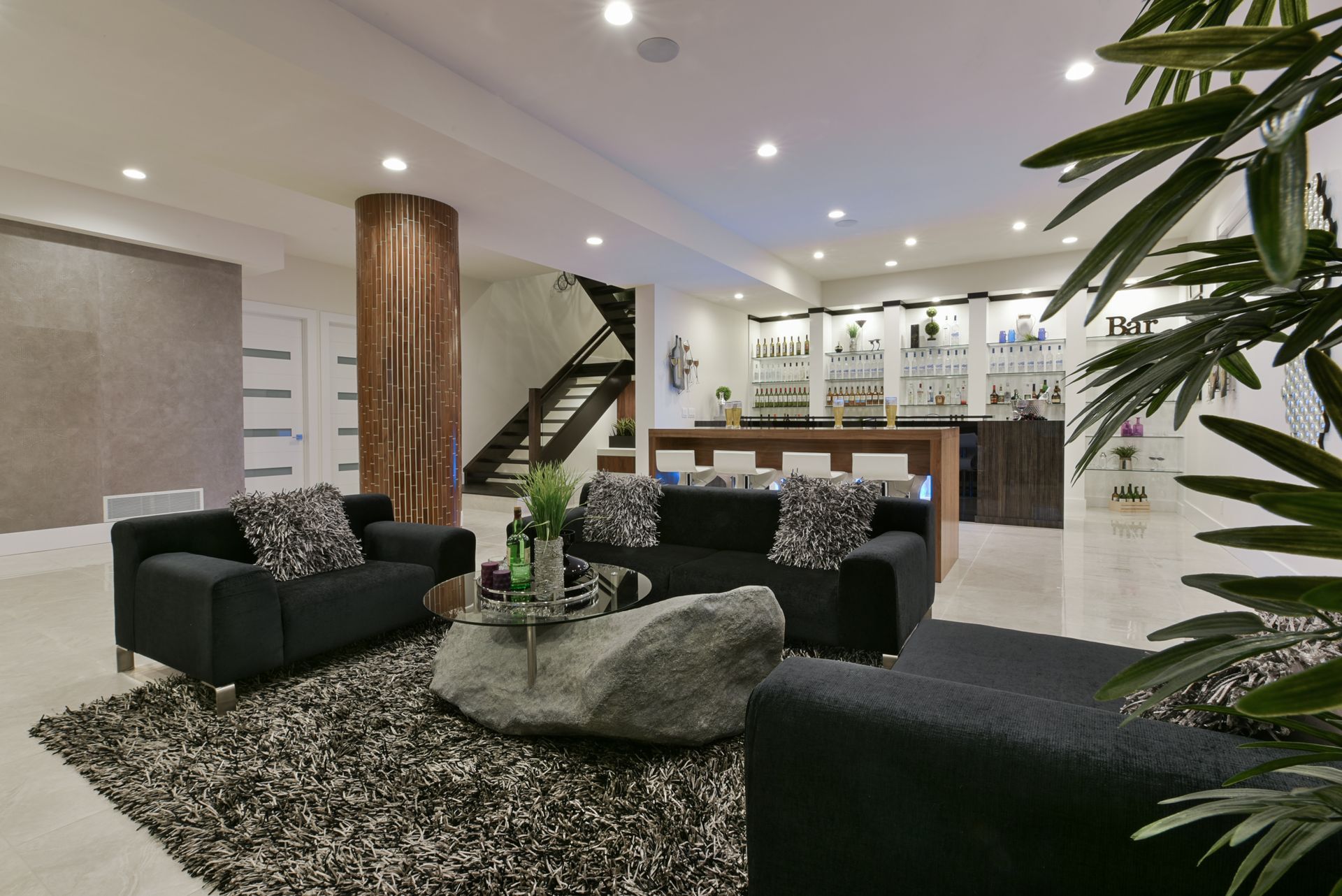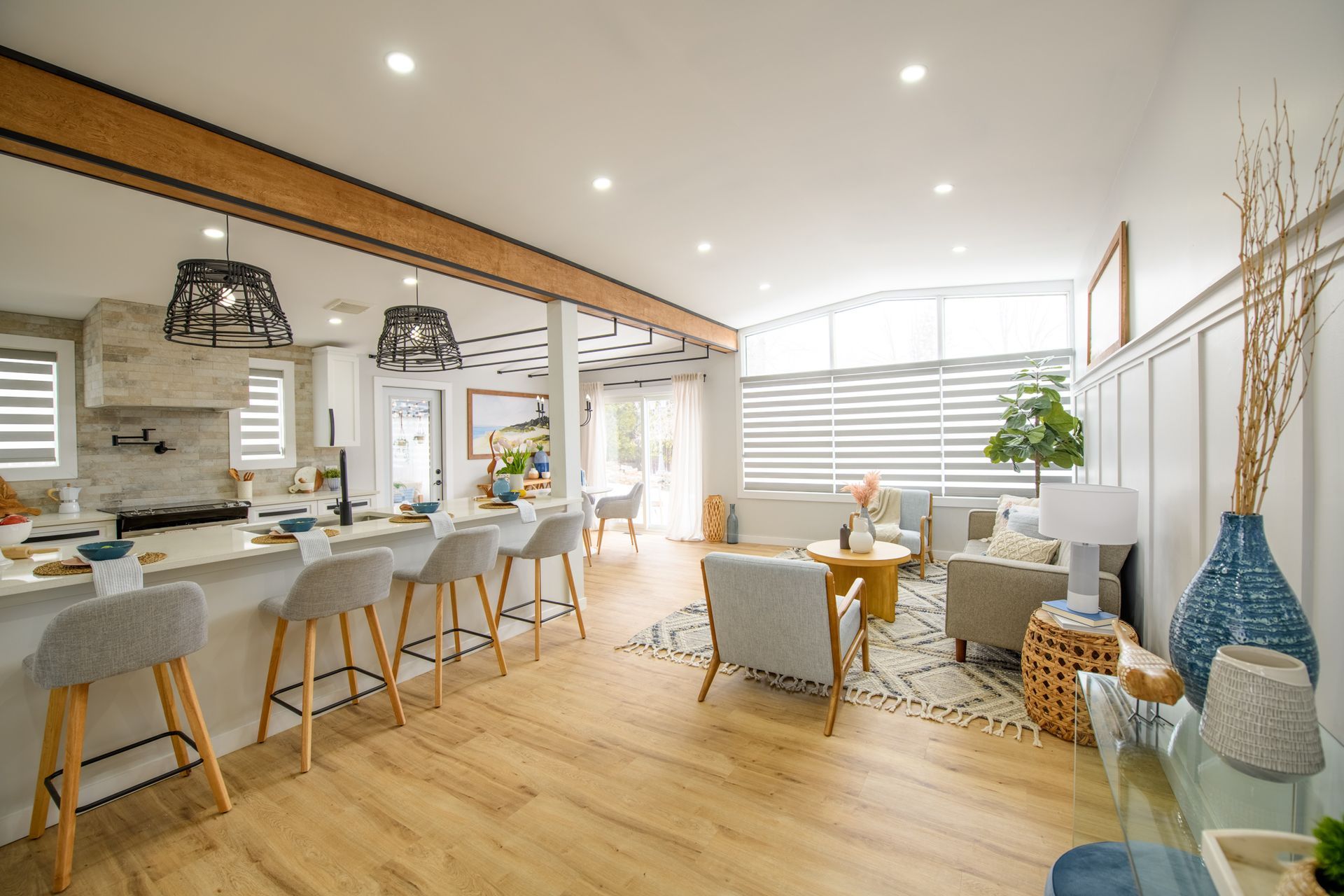How to Prepare Your Furniture for Consignment: A Seller’s Checklist
Selling your furniture through consignment is a fantastic way to declutter, earn money, and extend the life of quality items. But to ensure your piece catches a buyer’s eye and commands the best possible price, it’s essential to prepare it properly before bringing it to a consignment studio. In this blog, we’ll share a comprehensive checklist to help you get your furniture consignment-ready and increase its chances of a fast and profitable sale.
Why Preparation Matters
First impressions are everything in consignment. Clean, well-maintained, and accurately represented items are more likely to be accepted by the studio and quickly sold to discerning buyers.
Preparation demonstrates:
- Respect for the studio’s standards
- Attention to quality
- Commitment to the selling process.
Step-by-Step Furniture Prep Checklist
1. Clean Thoroughly
Buyers want furniture that feels fresh and well-kept. Spend time cleaning:
- Wood: Use polish or wood cleaner to remove dust, grime, and water stains.
- Upholstery: Vacuum thoroughly, spot clean, or consider professional cleaning.
- Leather: Wipe with a gentle leather cleaner and conditioner.
- Glass/Mirrors: Use streak-free glass cleaner.
Even small efforts here can significantly increase perceived value.
2. Inspect for Damage
Assess your item for flaws:
- Scratches, chips, or loose joints?
- Wobbly legs or missing hardware?
- Stains or odors?
If it’s a minor issue, consider fixing it yourself or hiring a professional. Small repairs can dramatically boost the sale potential.
3. Take Quality Photos
Many studios require or appreciate photos before accepting a piece:
- Use natural light
- Photograph from multiple angles
- Include close-ups of details or flaws
- Show scale with surrounding objects if possible.
This helps the studio decide whether your item fits their inventory.
4. Document Brand or Provenance
Buyers are more confident when they know the story behind a piece:
- Note brand labels, manufacturer marks, or receipts
- Share the item’s age, designer, or collection if known
- Highlight any historical or designer value.
This adds context and value during pricing.
5. Measure Accurately
Take precise dimensions:
- Height, width, depth, seat height (if applicable)
- Include leaf extensions or adjustable features.
Studios and buyers rely on accurate measurements for staging and placement.
6. Remove Personal Items
Empty drawers, remove liners, and double-check for any forgotten objects. A clean slate ensures your item is ready for immediate display.
7. Label and Protect
If delivering the item yourself:
- Label it with your name and contact info
- Protect fragile corners or surfaces during transport with blankets or bubble wrap
- Avoid damage during transit to ensure it arrives in the best possible condition.
8. Provide Honest Descriptions
When submitting to a studio, be transparent:
- Describe wear, age, and any defects
- Provide a realistic condition assessment (excellent, good, fair)
- Honesty builds trust with both the studio and the buyer.
Optional: Include Styling Suggestions
Some studios may welcome a note on how a piece could be styled in a home:
- “Perfect as an entryway console”
- “Pairs well with modern farmhouse décor”.
This helps studio staff present your piece in the best light.
Final Thoughts
Preparing your furniture for consignment is a critical step in maximizing its value and appeal. Clean, presentable, and properly documented pieces not only stand out to buyers but also reflect positively on your professionalism as a seller. By following this checklist, you’ll walk into the consignment process with confidence —and walk away with more money in your pocket and more space in your home.
Share This Blog
